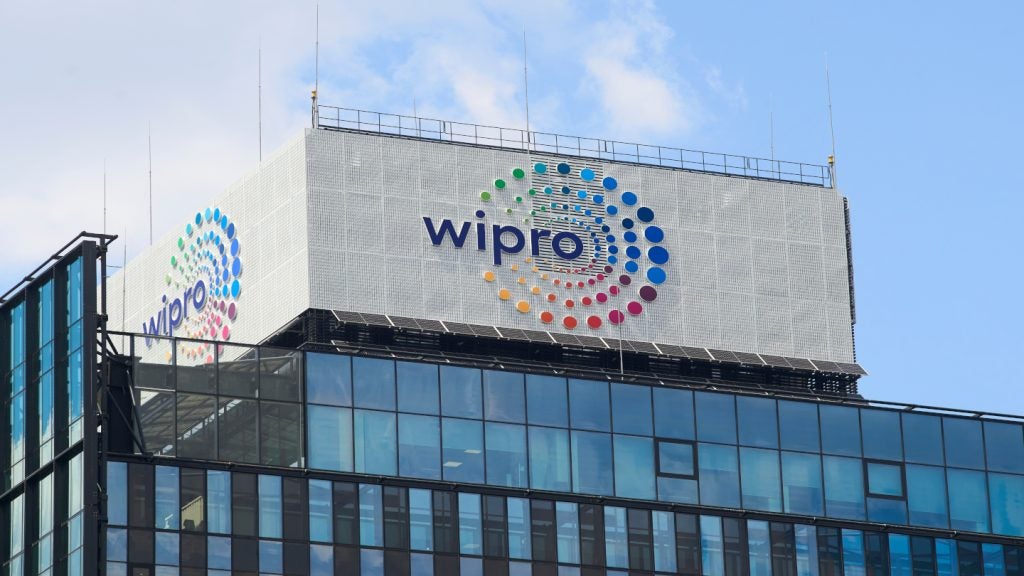The data centre industry is facing significant challenges due to the rising energy demands of AI, growing capacity needs, and the difficulty of keeping systems cool.
AI workloads, such as those powering ChatGPT and other generative models, require high computing power, pushing electricity consumption to unprecedented levels.
Current shortfalls in powering data centres
The International Energy Agency (IEA) estimates that data centres could consume over 1,000 terawatt-hours (TWh) of electricity by 2026, making them a major contributor to global energy use. To support these growing demands, data centres are upgrading their uninterruptible power supplies (UPSs), which provide backup power and protect equipment. While traditional UPS systems operate in kilowatt (kW) ranges, modern AI workloads are driving the need for systems in the megawatt (MW) range.
Rack power is also increasing, with typical racks now handling around 15 kW, but AI workloads may push this to 40-100 kW per rack. Generative AI inference is especially power-hungry. It can require five times more computing power per request than traditional search, and one ChatGPT-like application handling 11 million requests per hour could emit 12.8k metric tons of CO₂ annually—25 times more than training an earlier AI model like GPT-3.
Cooling these powerful systems presents another challenge, as GPUs used in AI generate significant heat. Traditional air cooling can no longer handle these loads, leading many data centres to turn to water-based cooling methods. However, water cooling is not a perfect solution, as it relies on a finite resource and poses sustainability challenges, especially in water-scarce regions.
How to address the power consumption shortfalls
Tech giants and data centre operators are adopting various strategies to tackle the energy and cooling challenges posed by AI workloads. Many are investing in on-site renewable installations, such as solar panels, or entering power purchase agreements (PPAs) with renewable energy providers to secure stable and clean power supplies. Corporates with high energy demands, including data centre operators, are also exploring the potential of small modular reactors (SMRs) as a long-term solution for consistent and reliable energy.
In terms of capacity, reducing the energy consumption of AI workloads has led to innovations in AI-optimised chips, with researchers exploring new materials and designs. Businesses are also exploring smaller language models (SMLs) as efficient alternatives to large models. These SMLs save power by offloading queries to the edge, such as mobile applications, and require less computational power due to their reduced size. To further optimise energy use during AI inference, techniques such as query caching and reuse help avoid redundant processing, while carbon emissions-aware algorithms route tasks to data centres powered by low-carbon energy sources.
Cooling remains another critical challenge. While liquid cooling has become a common solution for managing high heat loads, newer technologies like immersion cooling with dielectric fluids, direct-to-chip cooling, and ceramic components in circuit boards are being developed.
More experimental approaches include underwater data centres and even space-based data centres to improve cooling efficiency. In existing setups, improving airflow efficiency, retrofitting cooling towers with electric fans, and using nozzle technology for targeted cooling are practical solutions.









